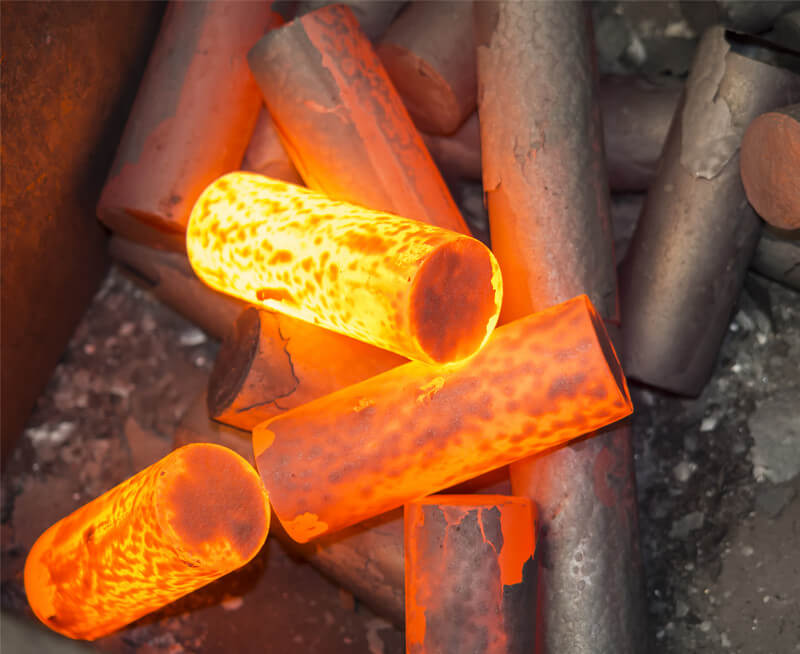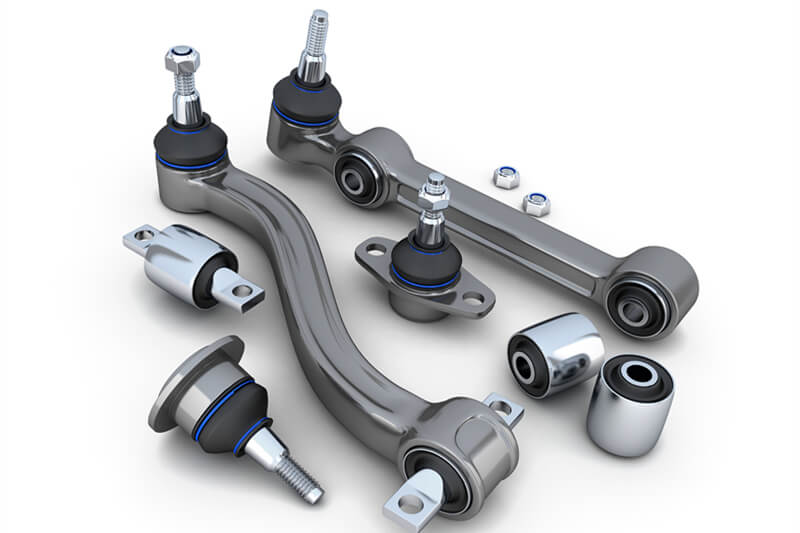
These Are Common Applications Of Hot Forging
January 21, 2021
Application Of Industrial Robots In Automated Forging Production Lines
March 15, 2021Application Of Forging Processes In Automotive Core Components
The forging is without a doubt becoming the forming technology of choice for most automotive components. More and more manufacturers are going for the various forging technologies to make automotive parts. The many benefits that forging technology is providing are the reason for its popularity.
For the formation of automotive parts, using forging technology uses hot forging technology. The technology is perfect for components that require high properties, such as high hardness and strength. Some of the automotive parts that are being forged include crankshafts, claw poles, and connecting rods.
In this guide, we are going to look at the processing of these parts using the forging technology to better understand how it works. Here is how forging process of the three automotive components work:
1) The Forging Process Of The Crankshaft
Car engine crankshaft is one of the core components. These are a bit complex parts to form and require a lot of expertise to produce the required shape, size, and quality. The crankshaft uses both cast iron and two steel for the formation. This means depending on several factors; you need to choose the materials correctly. The forging temperature is a crucial factor to consider, and the process is pretty straightforward. Here is how you forge crankshaft:
- Selecting the material is one of the crucial factors. The crankshaft materials can be divided into categories: steel and ductile iron. The improvement of spheroidal graphite cast iron technology is making the iron material good for crankshaft formation. But steel still reigns supreme.
- Cutting and peeling the material to the required size and weight should be the second step in the crankshaft forging. The peeling of the material is to remove the upper layer because it would affect the quality of the crankshaft it is not removed.
- Heating and forging: Once the material is ready, heat it to forging temperature and press on the forging machine. Using the right compression force and mold, you will make a crankshaft.
- Calibration and heat treatment: The calibration phase ensures the correct straightness and the angles connecting rods are correct. Then heat treatment enhances the hardness and strength of the crankshaft.
2) The Claw Pole Forging Process
The forging process of the claw pole is pretty the same as the crankshaft. The only slight difference is that the process. The claw pole is formed in the closed hot mold forging to produce the required shape and size. This is how the process goes:
- The first process is selecting the materials, which in this case is steel, but the grade may vary depending on a number of factors, including the application. Then cut the material into the desired size.
- Making the dies or the molds is the second stage. The mold size and shape depends on the material you are forging.
- Heating and forging. Heat the material to the recommended forging temperature and placed it on the mold, and forge in the enclosed dies.
- Heat treatment. The heat treatment stage is crucial because it hardens the claw poles.
- Finishing. The last step is finishing, which includes giving the forged part shape and other physical features.
3) Forging Of Connecting Rods
The forging of connecting rods is also done using the hot forging process. The process also almost the same as the other two automobile parts discusses above. Here are steps of cold forging connecting rods:
- Materials and Cutting Rods
The first step is getting the right material, which in this case is steel. Get the right steel grade depending on the kind of connecting rod you want to form. Then cut the material into the required size.
- Peeling and Heating
Peeling removes the outer layer, which could lower the quality of the final product. Then heat the material to the correct forging temperature.
- Forging
Place the heated billet between the molds and applied the compression force to forge it. This might be a single punch.
- Heat Treatment
The heating treatment is a crucial stage as it determines the connecting rod’s hardness and strength. Make sure treatment is carried out accordingly to get the desired pole properties.
- Finishing work
The finishing includes several things, such as visual inspection of the complete forged parts. The connecting rod is then worked on to get the required shape and size. That’s what finishing is all about.




